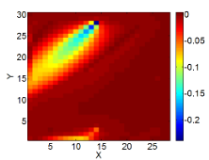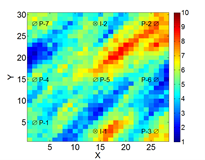Related Pages
Welcome to my personal homepage
Subscribe to News RSS feedWelcome to my digital abode, a showcase of my journey as a trailblazer in artificial intelligence (AI) and machine learning (ML). My academic odyssey commenced at Stanford University, where I immersed myself in statistical learning, optimization, and prescriptive analytics. This rigorous scholarly exploration set the stage for my innovative contributions to massive computational experiments, culminating in a dissertation that broke new ground in closed-loop optimization and unsupervised learning applications. Before Stanford, there was Sharif University, the MIT of Iran, where my engineering journey began. What started as an endeavor in mechanical engineering swiftly gravitated towards a profound fascination with the burgeoning field of AI. The intricate tapestry of engineering principles I acquired there didn't just answer my early questions but fueled my passion for the uncharted realms of technology.
Fast forward, I joined GE where I found myself at the vanguard of AI, leading ambitious initiatives that were pioneering not just for the company but for the industry at large. My role evolved further at Baker Hughes, where I drove the development of state-of-the-art AI technologies and digital twin products, revolutionizing operational efficiency and setting new benchmarks for innovation.
Continuing this trajectory of innovation at Cisco, I embraced the challenge of steering their Data Science and AI division, particularly within Manufacturing Operations of Supply Chain. Under my leadership, we didn't just improve systems; we transformed them through AI, enhancing inventory prediction, and optimizing PCBA production to name a few. My teams were instrumental in not only envisioning but also executing AI-driven transformations that redefined traditional operational strategies to significantly boost the revenue.
Visualization Codes for ADGPRS simulations
I started uploading some visualization/post-processing codes which I wrote in the past few years.
If you are using ADGPRS for your simulation, you may find some useful codes here.




